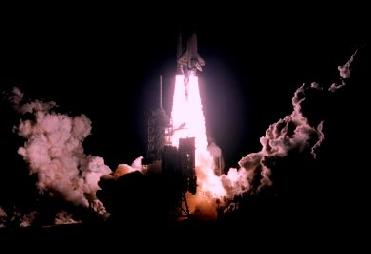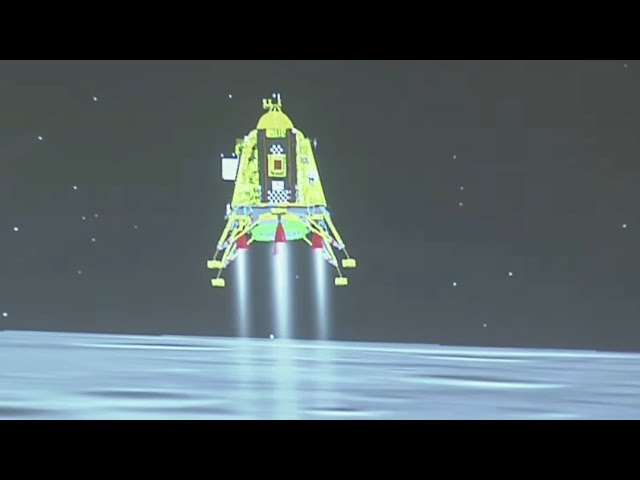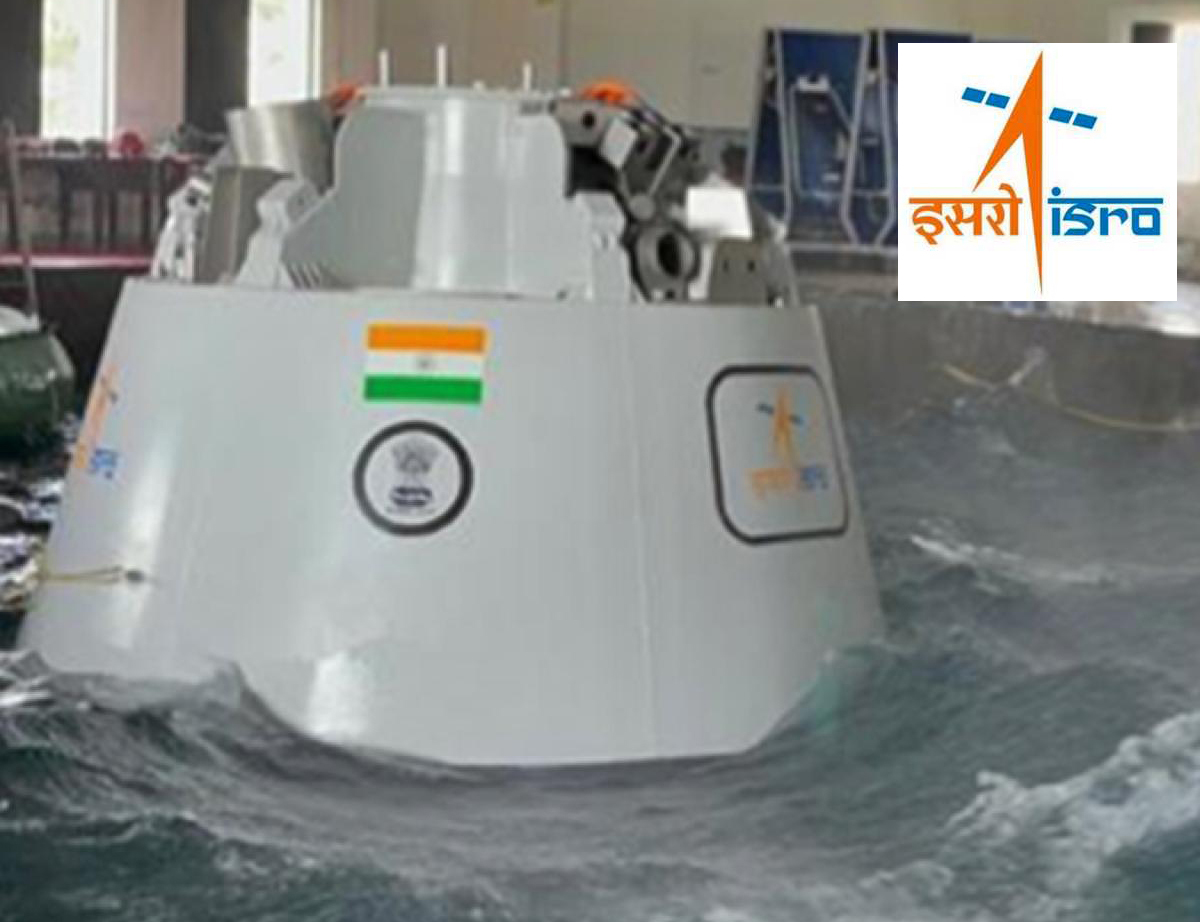
Artistic illustration of the Herschel Space Observatory. Image credit : ESA - D. Ducros, 2009
Herschel is a European Space Agency mission with significant participation from NASA. It is an infrared telescope whose pioneer mission is to study about the evolution of stars and galaxies.The mission was launched into space in May 2009 from French Guiana, France.
Originally called "FIRST," for "Far Infrared and Submillimetre Telescope," the spacecraft was renamed after Britain's Sir William Herschel, who discovered in 1800 that the spectrum extends beyond visible light into the region that we today call "infrared."
Herschel's namesake will give scientists their most complete look so far at the large portion of the Universe that radiates in far-infrared and submillimeter wavelengths.
With a primary mirror 3.5 meters in diameter, Herschel is the largest infrared telescope sent into space. Herschel can see the coldest and dustiest objects in space; for example, cool cocoons where stars form and dusty galaxies just starting to bulk up with new stars. The observatory will sift through star-forming clouds – the "slow cookers" of star ingredients – to trace the path by which potentially life-forming molecules, such as water, form.
Science payload
Herschel's science payload consists of three instruments:
• Photodetector Array Camera and Spectrometer (PACS), a camera and a low- to medium-resolution spectrometer for wavelengths up to about 205 micrometres. It uses two bolometer detector arrays in the camera and two photo-conductor detector arrays in the spectrometer.
• Spectral and Photometric Imaging Receiver (SPIRE), a camera and a low- to medium-resolution spectrometer for wavelengths longer than 200 micrometres. It uses five detector arrays: three to take images of infrared sources in three different infrared 'colours' and two to fully analyse the longer infrared light being released from the source.
• Heterodyne Instrument for the Far Infrared (HIFI), a highly accurate spectrometer that can be used to obtain information about the chemical composition, kinematics, and physical environment of infrared sources.
PACS and SPIRE are cameras and spectrometers that will allow Herschel to take pictures in six different 'colours' in the far-infrared. HIFI is a spectrometer with extremely high resolution. The scientific payload complement was approved by the ESA in February 1999.
Previous space-based infrared telescopes have had neither the sensitivity of Herschel's large mirror, nor the ability of Herschel's three detectors to do such a comprehensive job of sensing this important part of the spectrum. Two-thirds of Herschel's observation time will be available to the world scientific community, with the remainder reserved for the spacecraft's science and instrument teams.
- Courtesy:
NASA
ESA
 Previous Article
Previous Article Next Article
Next Article













The Indian Air Force, in its flight trials evaluation report submitted before the Defence Ministry l..
view articleAn insight into the Medium Multi-Role Combat Aircraft competition...
view articleSky enthusiasts can now spot the International Space Station (ISS) commanded by Indian-American astr..
view article